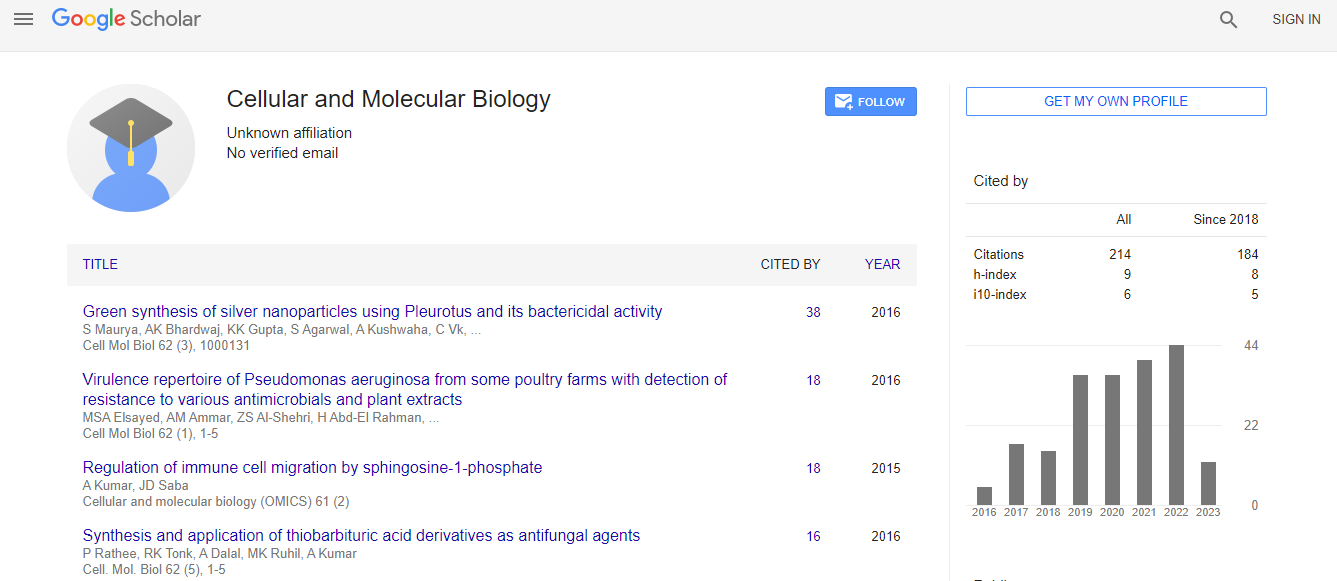Cellular Toxicity of Calcium: Mechanisms and Implications
*Corresponding Author:Received Date: Nov 01, 2024 / Published Date: Nov 30, 2024
Copyright: © 0 . This is an open-access article distributed under the terms of the Creative Commons Attribution License, which permits unrestricted use, distribution, and reproduction in any medium, provided the original author and source are credited.
Abstract
Calcium is a crucial ion involved in various cellular functions, including signaling, muscle contraction, and neurotransmitter release. However, dysregulation of calcium homeostasis can lead to cellular toxicity, contributing to a range of pathological conditions. This article reviews the mechanisms underlying calcium-induced toxicity, focusing on oxidative stress, mitochondrial dysfunction, and apoptosis. Excessive calcium levels can trigger reactive oxygen species (ROS) production, disrupt mitochondrial function, and activate apoptotic pathways, ultimately resulting in cell death. The implications of calcium toxicity are significant in neurodegenerative diseases, cardiovascular disorders, cancer, and muscle pathologies. Understanding these mechanisms is essential for developing targeted therapeutic strategies aimed at mitigating calcium-related cellular damage and improving clinical outcomes.

 Spanish
Spanish  Chinese
Chinese  Russian
Russian  German
German  French
French  Japanese
Japanese  Portuguese
Portuguese  Hindi
Hindi 
